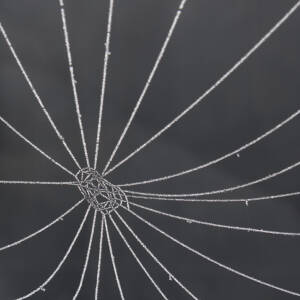Ancient and modern
I never intended to be a 'stranger' today but as L and I went into the Palace of Westminster to see the excellent Voice & Vote: Women's Place in Parliament exhibition, the welcoming and helpful staff told us that the House of Lords was in session and if we wanted to see a debate we could. Rather to our surprise, we both realised that neither of us had ever been into one of the chambers. A hole in our experience to be remedied.
But first the exhibition. It has recreated, on a small scale, spaces in the Palace of Westminster that women have accessed over the last 200 years. The 'Ventilator' was a space in the loft above the House of Commons where women, banned from the public galleries, could hear what was going on way below. We stood, heads through the holes in the wall, listening to reproductions of key debates of the time.
After the 1834 fire, the rebuilding included a 'Ladies’ Gallery', closed off by grilles to stop the poor MPs being distracted by the sight of women. Hot, stuffy and soon nicknamed 'The Cage', this was one of the places women chained themselves to during the struggle for representation.
When women were first eligible for election to Parliament a hundred years ago, office space had to be found for them. The logic of segregating women from men MPs eludes me but 'The Tomb' was their tiny office and as more women became MPs, the first three in would each get a desk and the others had to sit on the floor to do their paperwork.
The final part of the exhibition looked at the Chamber, exploring the experience and work of women MPs and members of the Lords today.
I'd heard that this exhibition was good but it was much better than I'd expected. Highly recommended, for adults (including men, though today we saw none interested in our shared heritage of exclusion) and for children.
We walked pensively through Westminster Hall, up the stairs to St Stephen's Hall, into the grand mock medieval Central Hall, along the Peers Corridor to the Peers Lobby then up a staircase into a queue. Then we were ushered quietly into the public gallery of the Lords.
We took our seats as Lord Adonis was talking on the 'House of Lords (Hereditary Peers) (Abolition of By-Elections) Bill' which would prevent any future vacancy among the 92 hereditary Members of the House from being filled. Instead the departing hereditary Member would not be replaced. Great idea.
Very soon after we arrived there was a move to 'resume' which we discovered meant to move on to the next business. The next business being mental health - Mental Health Units (Use of Force) Bill - there was a dispiriting exodus of Lords until we 18 strangers outnumbered them. Those remaining were heads down reading notes or checking their phones. The first speaker, in favour of a change that would control the use of force on mentally ill patients, which has led to the death of a disproportionate number of young black men, was effectively speaking only to us in the gallery and to Hansard. It was moving to see the reactions of three people in a separate part of the gallery, who we realised must be the bereaved Lewis family, the driving force behind this bill.
L and I both emerged shaken, by what we'd observed, from realising how a small part of our system of government works, and by a profound sense of how the struggle to be heard has happened in different ways through our history.

Comments
Sign in or get an account to comment.


